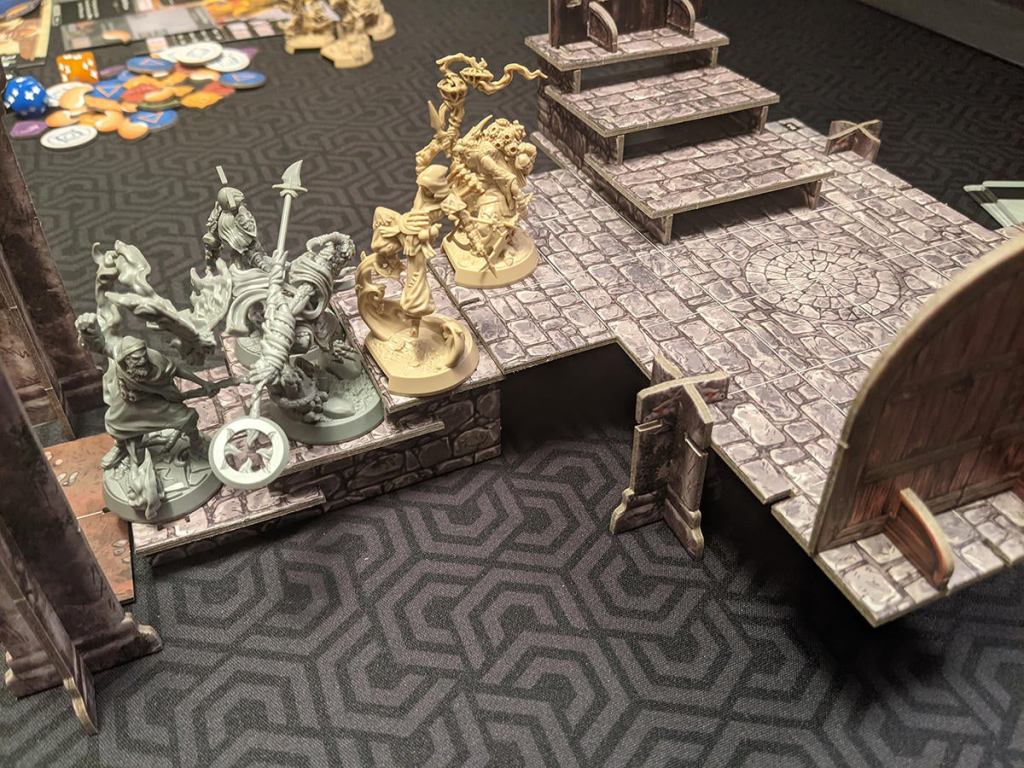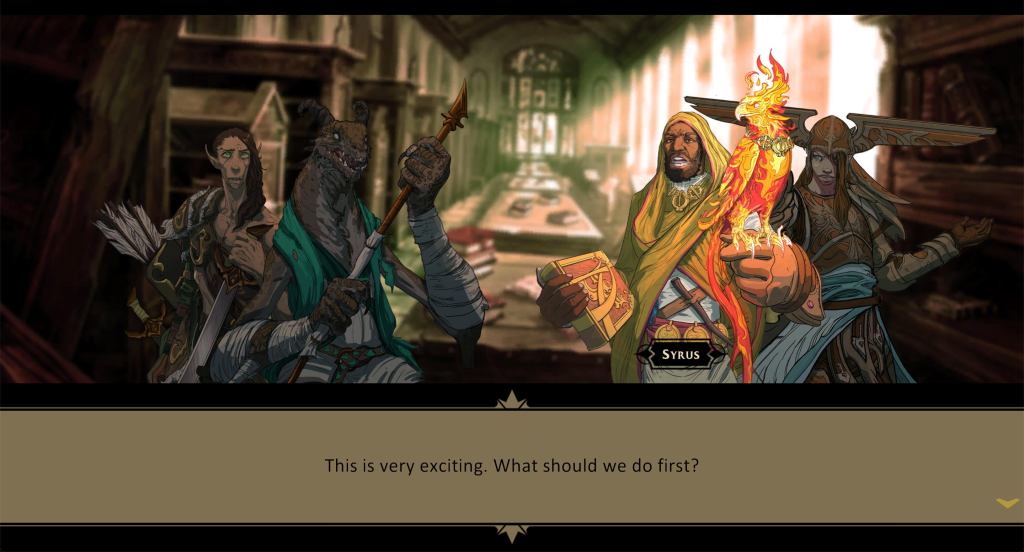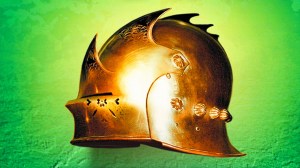Fantasy Flight Games’ Descent: Legends of the Dark is rather ambitious, as it attempts to create the ultimate combination of digital and traditional tabletop that also brings together the best elements of dungeon crawlers and story-driven roleplaying games. It’s certainly a high bar Descent: Legends of the Dark is aiming for, and despite all the challenges that come with such a goal, they’ve somehow not just succeeded but delivered an experience that captures the best aspects of each individual element and crafts it into an immersive and addictive whole, and there’s not really anything else quite like it.
Videos by ComicBook.com
So, what is Descent: Legend of the Dark? It’s a cooperative experience that accommodates 1 to 4 players, who take control of 1 of 6 heroes to combat the Uthuk and bring peace back to Terrinoth. To do this, you’ll need to utilize your character’s unique skills and weaponry, which you can upgrade and customize as you explore new areas and obtain new treasure. You’ll explore enemy-infested forests and fortresses as well as cities brimming with intriguing personalities and surprising events, and, along the way, you’ll encounter everything in between.

That all might sound pretty common for experiences of this type, but it’s Descent’s execution that truly sets it apart. Each scenario (which is also part of a full campaign) is played using a combination of the App and physical tiles and elements. When you fire up the campaign, you’ll meet characters and go through a storyline until you get to the destination, and then the app will walk you through which tiles to place and what elements to place on them, as well as any enemies that enter the fray and where your heroes go. The app will also keep track of their health and any turn-to-turn events that occur, and you’ll also attack through the app.
As for the tabletop, you’ll move your characters, place any enemy miniatures, and roll any dice on the physical board, and all of the items you will interact with are represented by physical items that you assemble, like shelves, treasure chests, trees, and more. Things like doors and archways are also represented on the physical board, and you’ll keep track of things like fatigue, consumables, armor, and health on the table.
Because some elements are handled in the app and others on the table, it takes a minute to get a hang of the rhythm, as you’re bouncing between the two quite a bit. There can be a little confusion in this process, but after the first quest, you should have a general idea of how it all interacts. There is a hiccup or two, but I ended up preferring how the app kept track of which weapon you’re using, damage and enemy health, status ailments to enemies, wounds to your heroes, your hero’s current and completed Feats, and all of the inventory from exploring and defeating enemies, which moves seamlessly into the between battle portions of the campaign.
This isn’t in place of the experience on the table, either, as you’ll still get the satisfaction of rolling a set of big hits and movement and interacting with the environment are compelling because of being able to navigate around a three-dimensional landscape, immersing you further into the story and the battles you find yourself in. The miniatures themselves are stellar, as well, with intricate details that beg to be painted, but even without that paint job, they still look fantastic as they move across the board.

Descent excels when swords are drawn and hammers are wielded, but what’s perhaps most impressive is its ability to create memorable and engaging characters that you can’t help but get behind and root for as you move throughout this adventurous tale. Keli and Chance are two personal favorites, as are Syrus and Brynn, and each character brings their own unique flavor to the story and the battles in between. I found myself giddy every time a narrative-only event popped up on the map and enjoyed these sequences as much as, if not more than, some of the game’s battles, though both types of sequences open up the chance to choose Virtues. Virtues are story options that are centered on your character, so in some cases, you can choose to be more independent or more trusting, or in Keli’s case early on, you can make something more reliable or innovative. These choices help to determine beats and outcomes down the line and immerse you further into not just the overall adventure, but the cast of adventurers you’re guiding along the way.
This is taken a step further with the implementation of Tests, which RPG players are quite familiar with, and you’ll need to roll for specific story events and other in-battle actions. You can certainly attempt something out of your wheelhouse or you can play to your character’s strengths, but, again, this is just one more element to make the character truly your own.
It’s not perfect and some things could be improved. The app did chug during some of the story cutscenes, and while it does show where you are supposed to place enemies at first, there’s no way to go back and see that for reference if you accidentally clicked forward, as even the quest log doesn’t show you where they were supposed to be placed. There’s also no indicator of whether or not you’ve searched an item completely, and while you can just drag someone’s arrow to that element to see if an option comes up, having to do that on the bigger maps just to find the one thing you missed (which is most likely needed for you to move forward) is time-consuming and a little frustrating if you simply forgot you had searched something two times instead of three.

Descent is also a space-eater, especially for the larger maps. You continue to lay new tiles and elements, but the app will place enemies and sometimes place campaign objectives on parts of the map you’ve already moved past, so you can’t just tear down locations and tiles as you move to save space. In some cases, it can eat up a ton of space, so if you’re space limited, you might need to get a bit creative with new tile placement or learn how to pick up a section and place it somewhere else intact in case you need it.
It might take just a bit to get into the swing of Descent: Legends of the Dark, but once you do, you won’t want to do anything else. The app helps far more than it hinders and, because the app is handling some of the more mundane and obligatory elements, players are free to focus on the moment-to-moment combat and immerse themselves in the larger narrative that reveals itself throughout each adventure. You’ll have a ball guiding your cast of charming characters through a three-dimensional world that looks fantastic up close and from afar, and it all makes for a one-of-a-kind experience that deserves your time.
Rating: 4.5 out of 5
Descent: Legends of the Dark is available in stores now.








